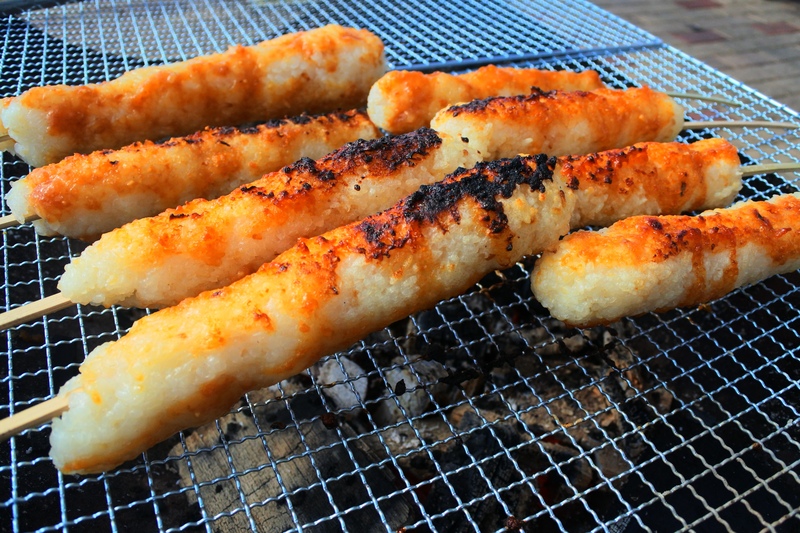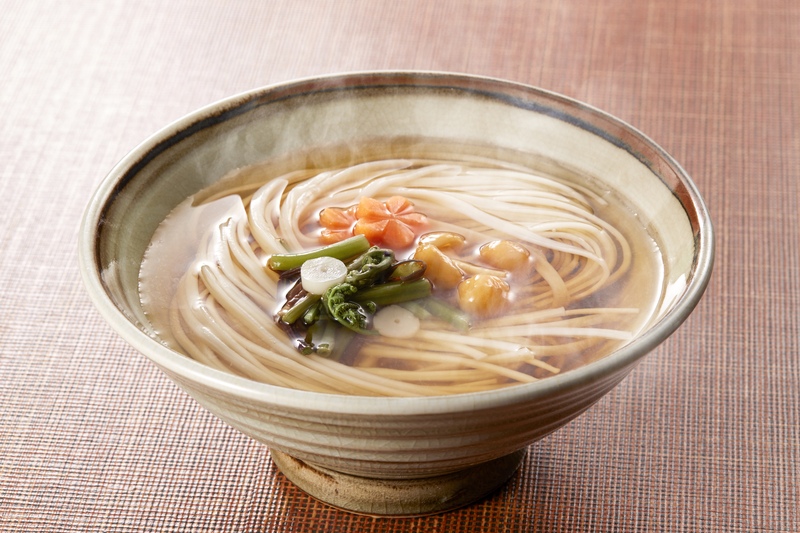Japan's 100 Famous Mountains: "Mount Chokai" - A Beautiful Volcano Straddling Akita and Yamagata
Mount Chokai, standing at 2,236 meters, is an active volcano located on the border between Akita and Yamagata Prefectures. It is cherished by many hikers and tourists as one of Japan's 100 famous mountains.
Its stunning appearance has earned it the nickname "Dewa Fuji," and it is a popular tourist spot where visitors can enjoy breathtaking views and a rich natural environment throughout the seasons.
This article will explore the charms of Mount Chokai, hiking routes, tourist attractions, access information, and useful tips for travelers.
For travelers interested in Japan's nature and mountain tourism, Mount Chokai is a must-see destination!

What is Mount Chokai? A Natural Treasure Spanning Akita and Yamagata
Mount Chokai, a stratovolcano, towers over the Sea of Japan and extends across both Akita and Yamagata Prefectures.
The mountain is characterized by its unique terrain formed by volcanic activity and the varying natural beauty each season offers. There are numerous routes for hiking, trekking, and nature observation.
Additionally, the base of the mountain is abundant with spring water, known for its purity.
Legends and History of Mount Chokai
Mount Chokai has long been a subject of mountain worship.
The mountain itself is considered sacred, and for locals, it is strongly regarded as a "sacred mountain," fostering a lifestyle in harmony with nature.
Furthermore, like the "Dewa Sanzan," Mount Chokai has historically been a training ground for Shugendo practitioners, deeply rooted in mountain worship.

Enjoying Mount Chokai: Hiking, Nature Observation, and Scenic Spots
1. Enjoying Seasonal Hiking Routes
Mount Chokai offers numerous hiking routes suitable for everyone from beginners to advanced climbers.
The hiking season runs from spring to autumn, with alpine flowers in full bloom and autumn foliage being highlights.
Notable hiking routes include the "Kisakata Route" and the "Yunodai Route."
The Kisakata Route is relatively gentle and suitable for beginners, while the Yunodai Route has elevation differences and is recommended for those confident in their physical strength.
2. Enjoying Spectacular Views from "Lake Chokai" and "Ohama"
"Lake Chokai," located midway up the mountain at about 1,600 meters, reflects the surrounding peaks on its surface, offering a beautiful lake view.
From Lake Chokai, you can enjoy panoramic views of the Sea of Japan, and on clear days, you might even see as far as Sado Island.
The "Ohama" area is known for its clusters of alpine plants, with trails surrounded by flowers being a popular attraction.
3. Revitalize with Mount Chokai's Spring Water
At the foot of Mount Chokai, abundant spring water is widely appreciated as delicious water.
In particular, the "Mototaki Subsoil Water" on the Akita side gushes from moss-covered rocks, creating a magical atmosphere.
This spring water is also used as a domestic water source by locals, offering a sense of nature's bounty.
4. Skiing and Snowboarding on Mount Chokai in Winter
In winter, Mount Chokai is covered in snow and is popular for skiing and snowboarding.
The northwest slopes of Mount Chokai attract many backcountry skiing enthusiasts, offering the experience of gliding through powder snow.
However, as the weather in winter mountains can change rapidly, adequate gear and experience are essential.

Access to Mount Chokai and Nearby Tourist Attractions
Access by Public Transport
- From Akita Station to Mount Chokai
- From Akita Station, take the JR Uetsu Line to Kisakata Station, then use a bus or taxi to reach the Mount Chokai trailhead.
- It takes about 30 minutes by taxi from Kisakata Station to the trailhead.
- From Yamagata Station to Mount Chokai
- You can also take a JR train from Yamagata Station to Sakata Station, then access the trailhead by bus or taxi.
Access by Car
Mount Chokai is accessible by car from Daisen City or Yurihonjo City in Akita Prefecture.
Parking is available at each trailhead of Mount Chokai, but it is recommended to arrive early during the tourist season due to congestion.
Nearby Tourist Attractions
- Mototaki Subsoil Water
- A mystical waterfall where beautiful clear water gushes from Mount Chokai.
- The contrast between the surrounding moss and clear water creates a beautiful photo spot.
- Nikaho Highlands
- A highland where you can enjoy views of Mount Chokai, featuring pastoral landscapes with grazing cows and sheep.
- On clear days, you can enjoy panoramic views of the sunset over the Sea of Japan, making it a recommended spot for photography.

Basic Information on Hiking and Climbing Mount Chokai
- Climbing Season: Late May to mid-October
- Elevation: 2,236 meters
- Difficulty: Routes for beginners to advanced climbers available
- Weather: Mountain weather is unpredictable, so warm clothing is essential
- Hiking Time: About 6-8 hours round trip via the Kisakata Route, 8-10 hours via the Yunodai Route
Useful Information for Travelers
- Wi-Fi
- Wi-Fi may be available at trailheads and tourist information centers, but many places in the mountain lack signal, so renting a mobile Wi-Fi device is recommended.
- Clothing and Equipment
- Due to the high altitude, it can get quite cold, especially near the summit.
- Warm clothing and rainwear are essential.
- Additionally, hiking boots and trekking poles can ensure a safe experience.
- Hiking Maps and Guides
- Local tourist information centers distribute hiking maps and mountain information.
- For first-timers or less experienced hikers, guided tours are recommended.
- Spring Water Usage
- There are many spring water spots around Mount Chokai where you can refill your bottle.
- However, as some spring water in the mountains may not be drinkable, it is important to check the local signage.
Conclusion: Enjoy the Blessings of Nature Throughout the Year at Mount Chokai
Mount Chokai, one of Japan's 100 famous mountains, stands on the border of Akita and Yamagata, offering seasonal natural beauty and abundant spring water.
With various activities from hiking and trekking to skiing in winter, visitors can experience Japan's nature and culture.
Particularly during the climbing season from spring to autumn, numerous scenic spots and routes cater to both beginners and advanced hikers.
When visiting Akita, don't miss the opportunity to explore Mount Chokai and enjoy its beautiful scenery and natural blessings.
Frequently Asked Questions (FAQ)
Q. What is the best season to visit Mount Chokai?
A. The hiking season from spring to autumn is especially recommended.
Summer, when alpine plants are in full bloom, and autumn, with its beautiful foliage, are popular.
Q. Is Mount Chokai hiking suitable for beginners?
A. Yes, the Kisakata Route is relatively gentle and suitable for beginners.
However, due to the high altitude, it is important to pay attention to the weather.
Q. Can I ski on Mount Chokai in winter?
A. Yes, the northwest slopes of Mount Chokai offer backcountry skiing, but it is an area recommended for experienced visitors, so caution is advised.
Q. Can I drink the spring water from Mount Chokai?
A. Some spring water is drinkable, but since it may not be safe in certain areas, it is recommended to check locally.
This concludes the travel guide on Mount Chokai.









